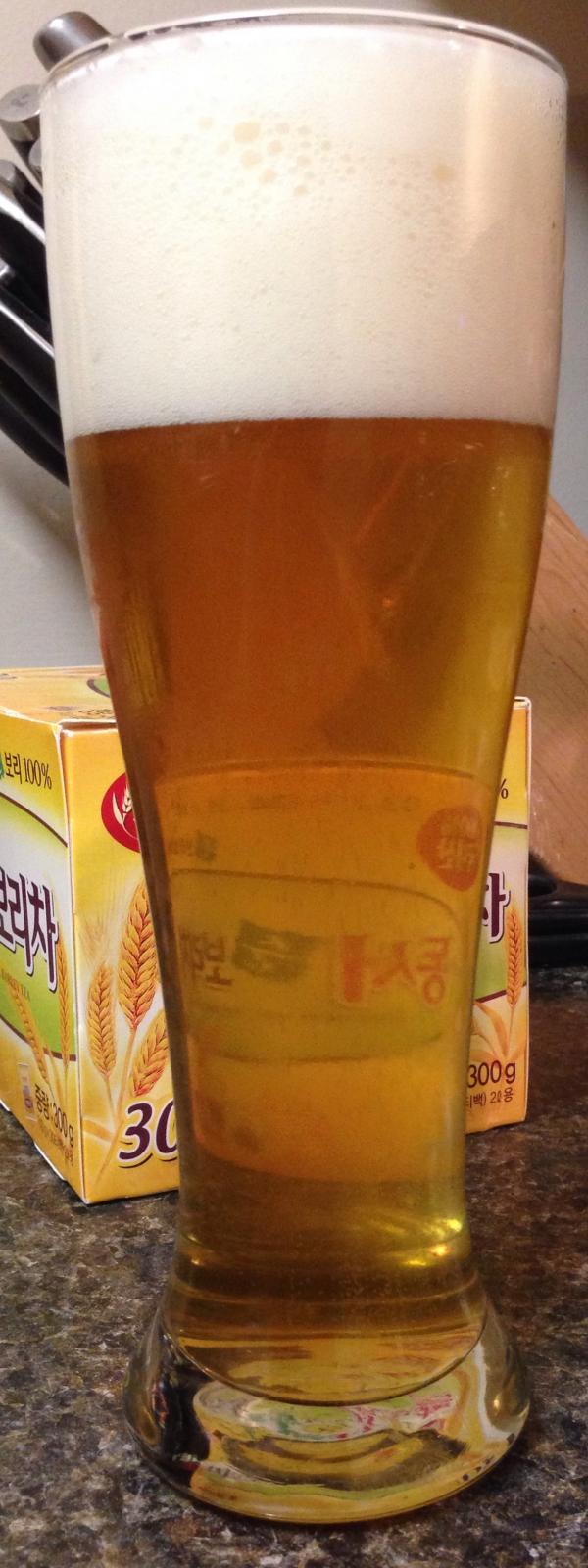r270ba
Member
- Joined
- Nov 7, 2014
- Messages
- 13
- Reaction score
- 0
Ok so I posted earlier in the Electric Brewing section about going all out and creating an electric brewery with HERMS etc before ever brewing my first batch of beer. While an all electric system like the 'Electric Brewery.com' system I was referenced to is what I would like to get to...it has quite a steep entry point. SWMBO not gonna like that. So I continue to research the various methods and I am wondering if Electric BIAB (I think it is call SVEBS?) would not be a good entry point into All Grain electric brewing. This appears to have a much lower cost of entry but I would think the equipment I would buy would also have a place in the 'Electric Brewery' setup I ultimately want to get to.
Am I correct in my thinking I would be able to add to the SVEBS system to make a true 3 kettle electric brewing system?
Can BIAB make excellent quality beer like an electric system using HERMS method?
Can I get clear beer in the BIAB method?
Any other thoughts you may have?
Thanks guys!
Am I correct in my thinking I would be able to add to the SVEBS system to make a true 3 kettle electric brewing system?
Can BIAB make excellent quality beer like an electric system using HERMS method?
Can I get clear beer in the BIAB method?
Any other thoughts you may have?
Thanks guys!




